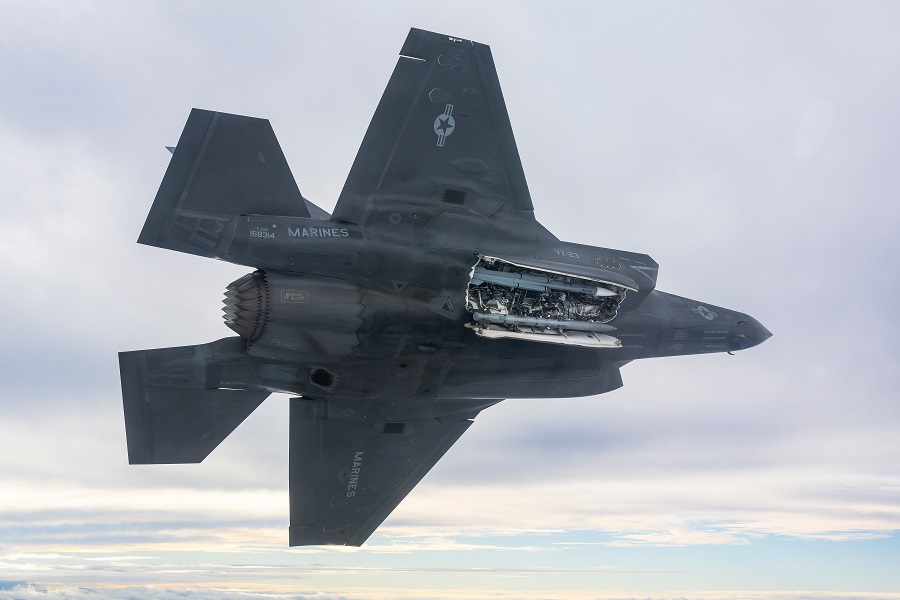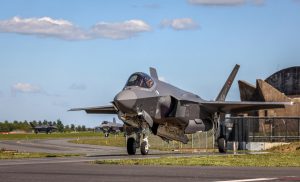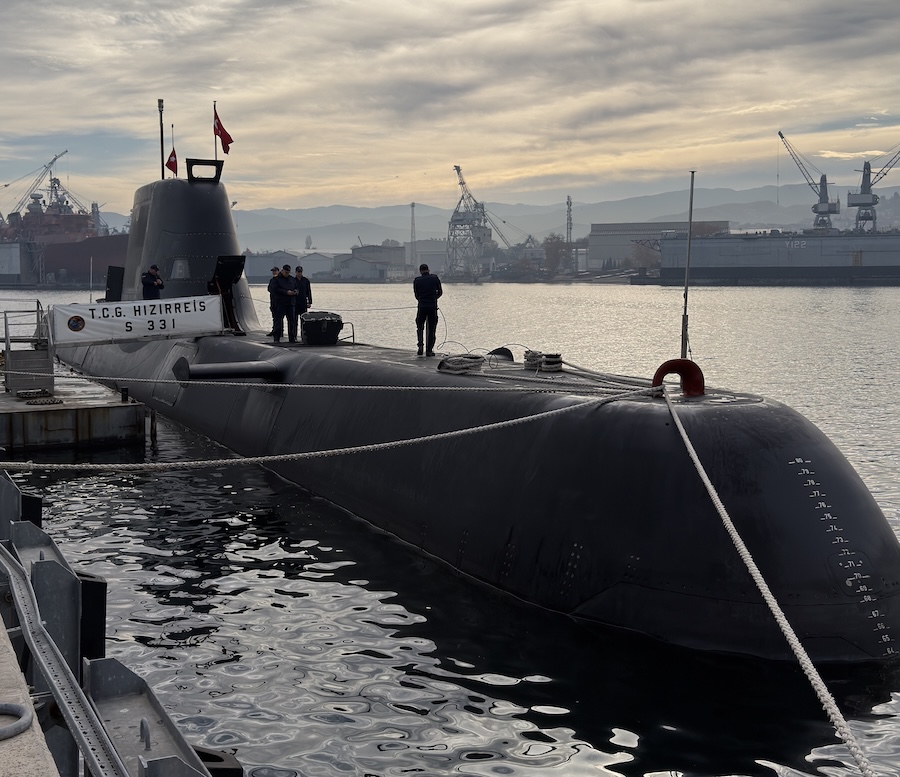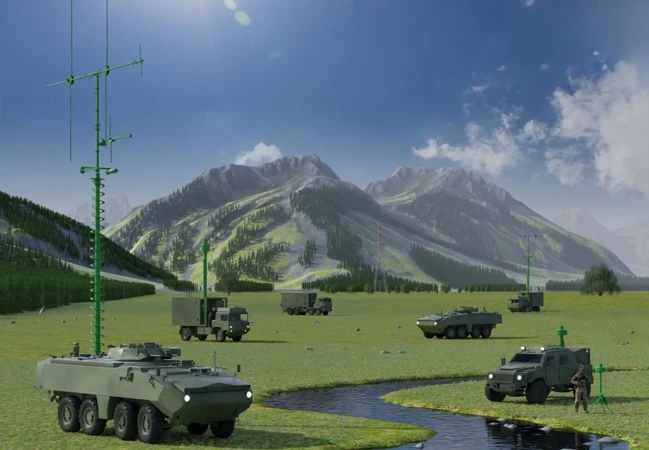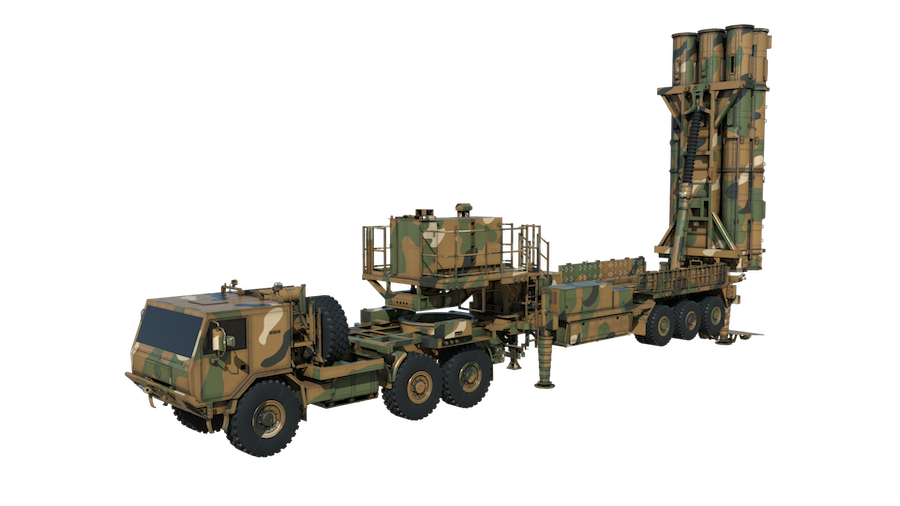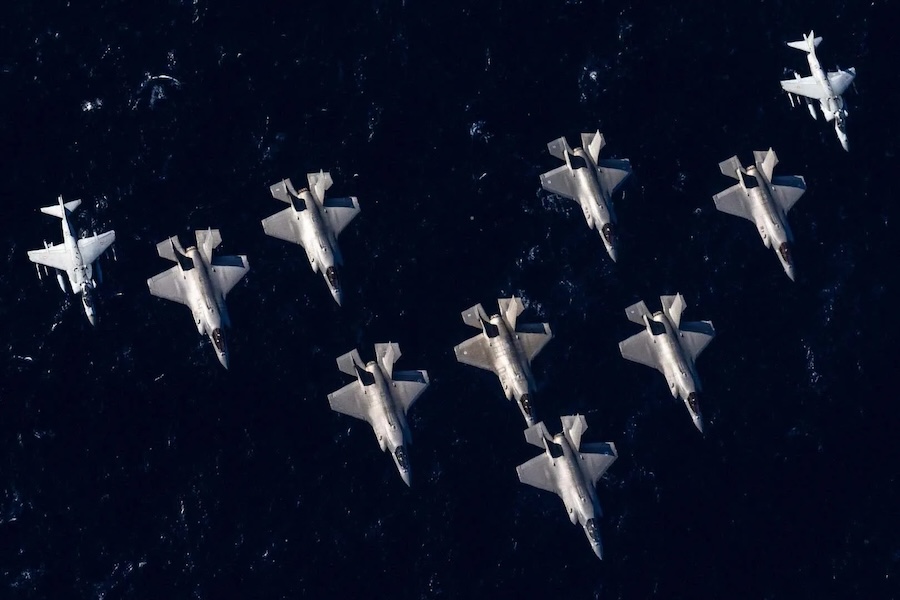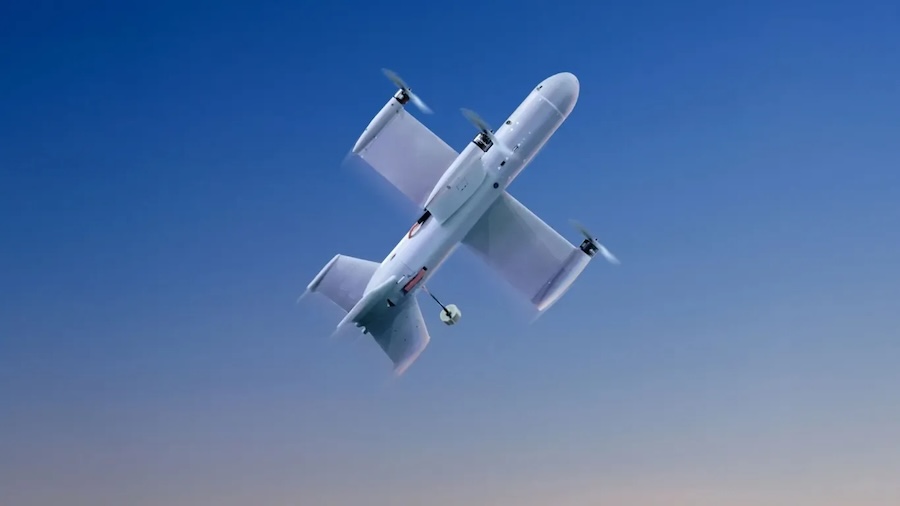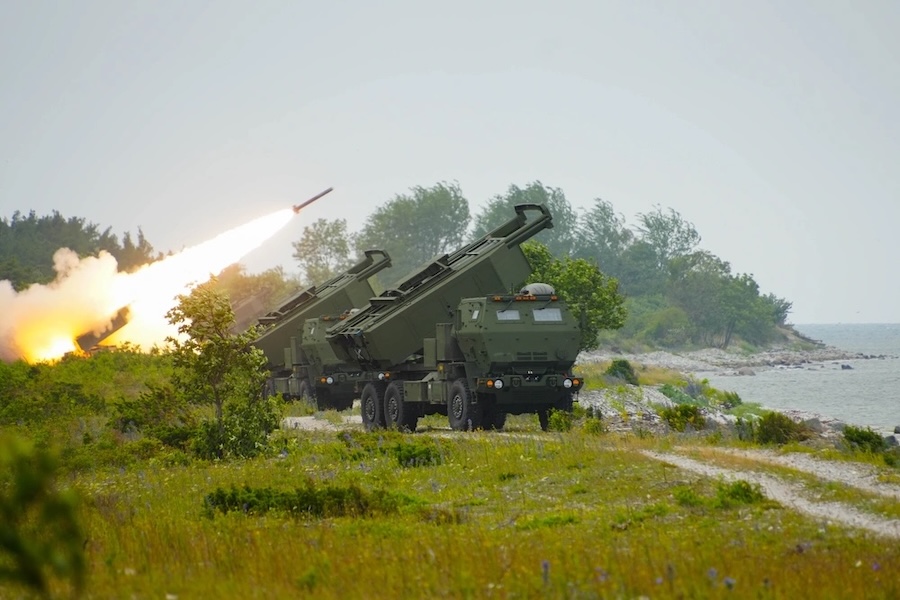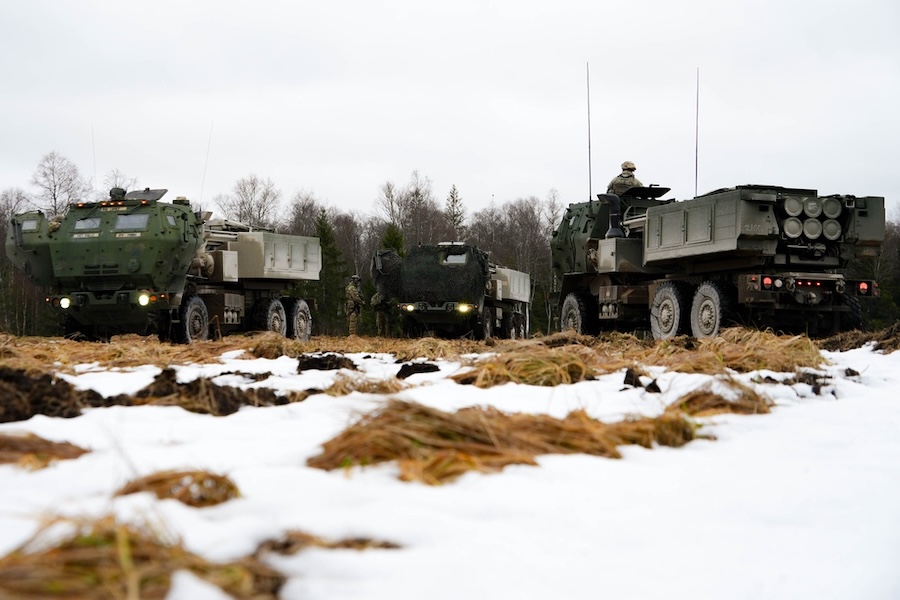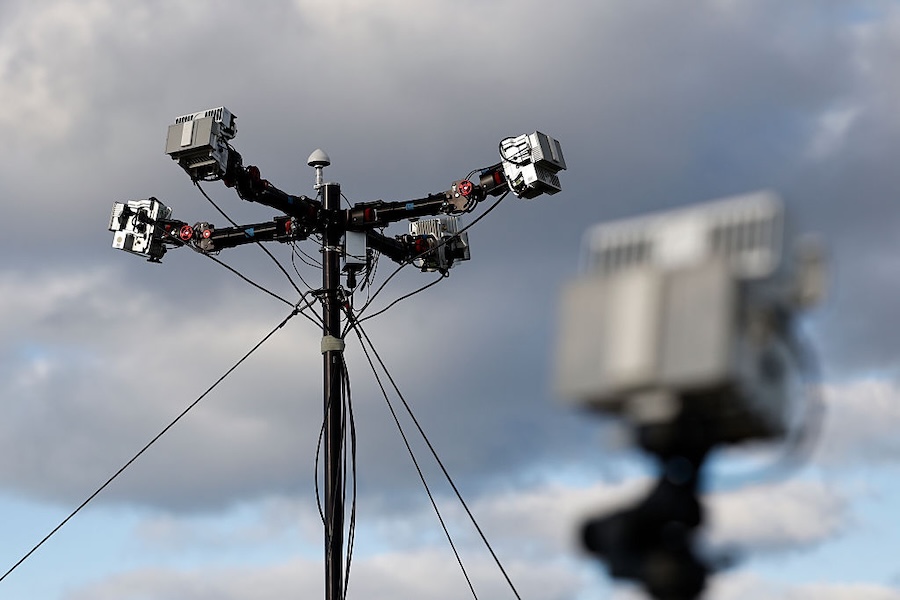The deployment has been described as successful, with the carrier supporting regional exercises, proving island-hopping capabilities and demonstrating interoperability with the short-takeoff-and-vertical-landing F-35B. However, while the ship has been at sea, the programme has come under intense scrutiny following a National Audit Office (NAO) report in July and subsequent questioning by lawmakers on Parliament’s Public Accounts Committee in September.
The NAO found that the UK’s F-35 fleet had mission-capable rates at only one-third of government targets, largely due to a shortage of engineers. The report called the F-35 “a significant improvement” in combat capability but added that “the extent to which the UK’s fleet was capable of carrying out its full range of missions was far below both UK and global program targets.”
Growth of the fleet has also lagged. The UK does not expect to receive the 48th and final aircraft of its current order until April 2026, while a second batch—intended to expand the fleet to 74—has yet to be ordered. Compounding the challenge, the fleet currently relies solely on the Raytheon UK Paveway IV guided bomb for air-to-ground missions, whose short range limits combat flexibility.
The MBDA Spear 3 missile, originally planned to be integrated by late 2024, has been delayed into the 2030s along with the MBDA Meteor air-to-air missile due to the F-35’s Block 4 software and Technology Refresh 3 hardware upgrades. Air Chief Marshal Richard Knighton, the UK’s Chief of Defence Staff, told lawmakers that his “single biggest concern” is the lack of a standoff weapon for the F-35, warning that without one, the UK cannot “maximize the value of the [F-35’s] stealth capability.”
According to the NAO, around 20 unresolved issues remain before FOC can be declared, although the ministry’s definition does not include engineering shortfalls or the absence of a standoff weapon. The audit body cautioned that declaring FOC prematurely could have negative consequences, as the second front-line unit, 809 Naval Air Squadron, still depends on borrowing aircraft and engineers from the training unit, 207 Squadron.
HMS Prince of Wales commanders plan to add more aircraft as the carrier reaches the Mediterranean, raising the number of onboard F-35s to 22. “We don’t have a huge amount of people on our flight deck compared to other navies,” Capt. Colin McGannity, carrier air wing and strike warfare commander, told Aviation Week in Singapore. “And to launch eight aircraft or 10 aircraft, it’s a real effort.”
During July’s Exercise Talisman Sabre in Australia, the air wing generated 16 sorties per day, split evenly between day and night operations, McGannity said. However, officials have not commented on incidents where two F-35Bs became unserviceable—one in India and another in Japan—remaining grounded for over a month each before repairs.
Knighton confirmed that the Defence Ministry is prioritising acquisition of a standoff weapon in its upcoming investment plan. Options include Raytheon’s StormBreaker glide bomb or a UK-produced variant, the Red Kite, which has been marketed as a faster-to-field interim solution. Development and integration of the Red Kite are expected to take around three years—shorter than the Spear 3 timeline.
Meanwhile, lawmakers have expressed optimism about the future addition of 12 F-35A variants, which Prime Minister Keir Starmer announced in June will support training and enable the UK to rejoin NATO’s substrategic nuclear mission. Air Cdre. Nick Lowe told Parliament that “the learning is starting now,” as the UK becomes the first new entrant to NATO’s dual-capable aircraft mission since the Cold War.
“The RAF will soon have the opportunity to offer NATO additional robust, credible and capable response options because we’ve added this important rung to our escalation ladder—one that has been missing from the UK’s political, diplomatic and military toolset for nearly three decades,” Air Chief Marshal Harv Smyth said at the DSEI exhibition. “I would expect potential adversaries to take note of this change.”
Source: Aviation Week.



